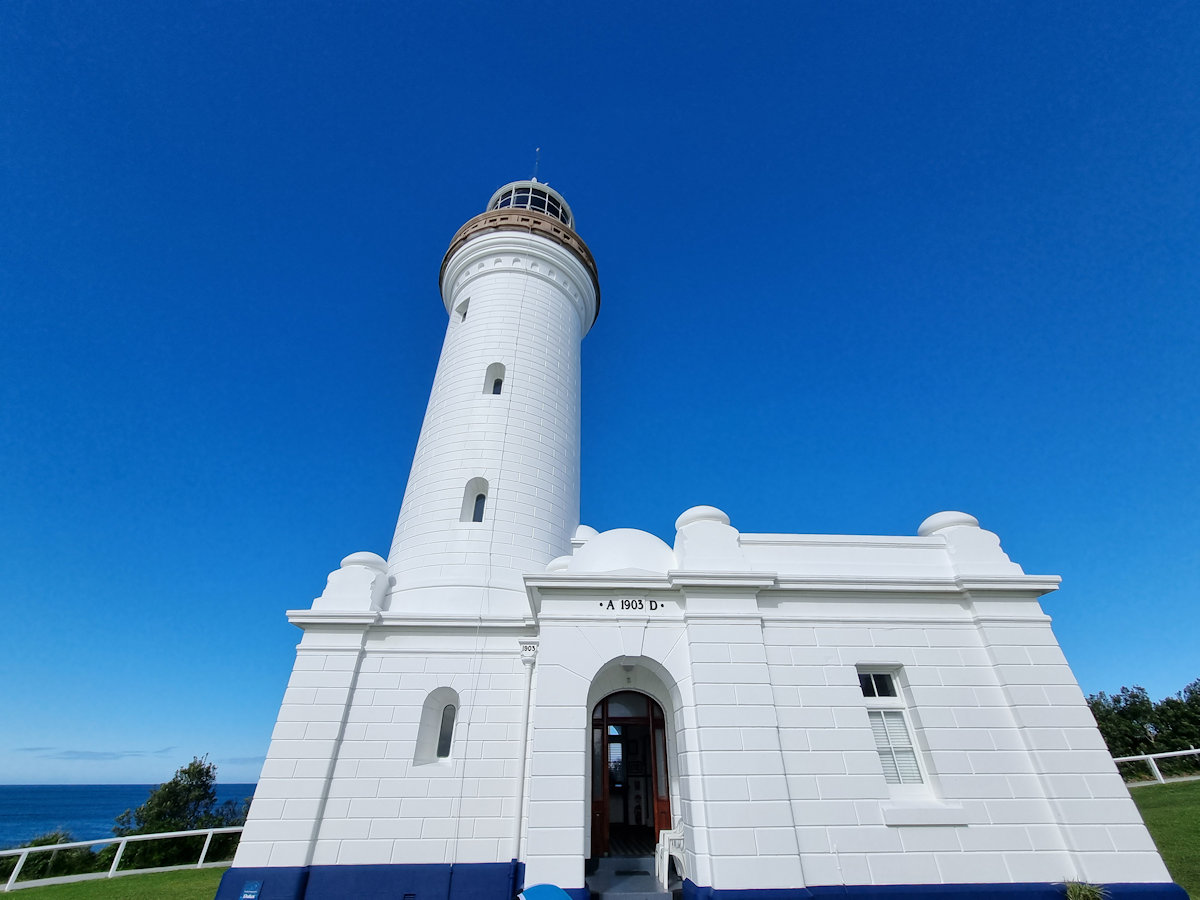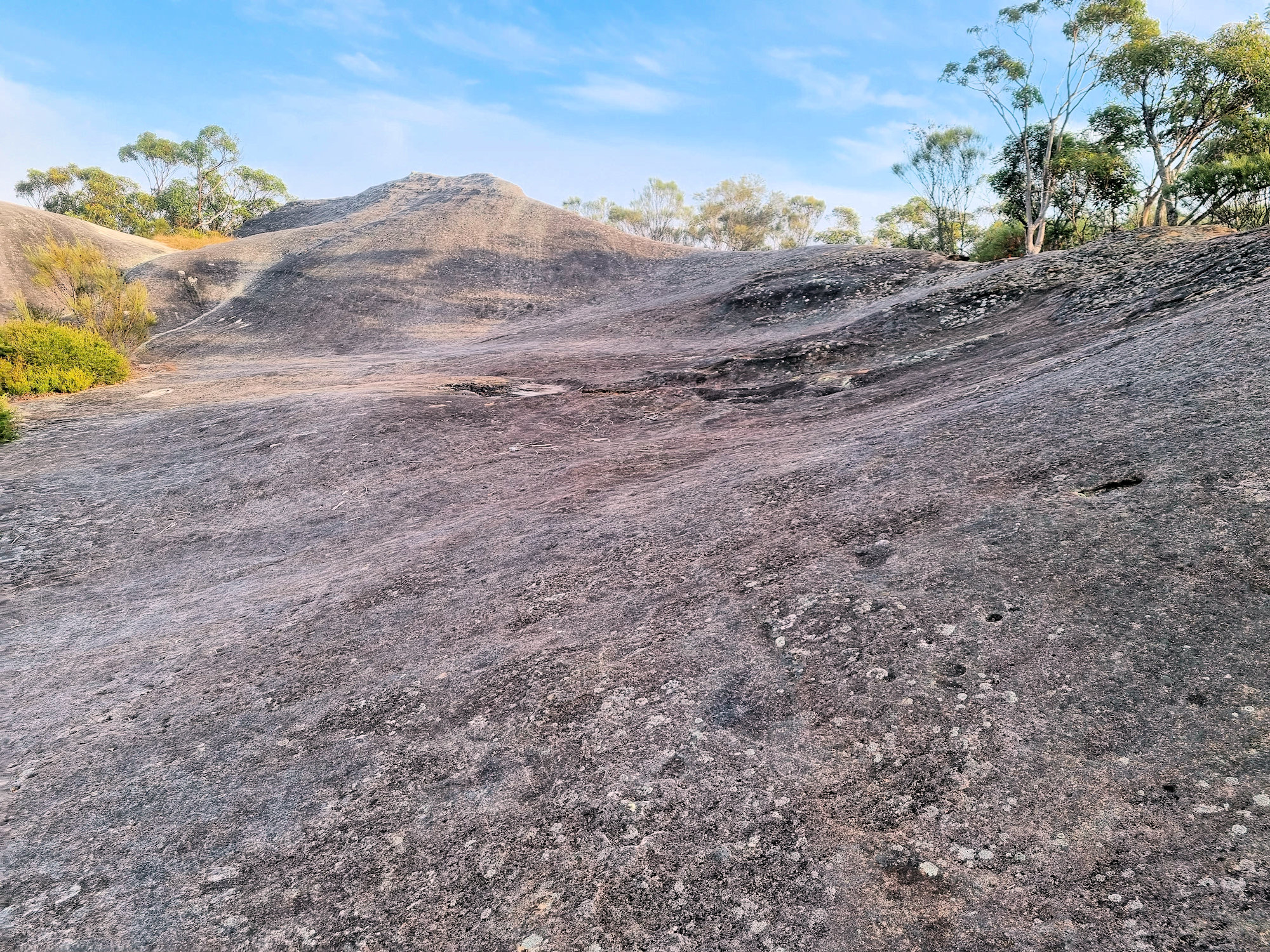Tag: Central Coast
-
Australian Reptile Park

Australian Reptile Park Located just over an hour’s drive north of Sydney on the NSW Central Coast, the Australian Wildlife Park is an excellent place to see some of Australia’s deadly wildlife. If you want to get up close with deadly snakes, spiders and crocodiles, this is the place for you. Getting There Located not… Read more
-
Norah Head Lighthouse

Norah Head Lighthouse Located at Norah Head on the Central Coast, New South Wales, Australia, Norah Head Lighthouse is still active after 120 years of operation. Built in 1903 it was the last lighthouse of the James Barnet style constructed. The lighthouse is 27 metres (89 ft) high and has a light characteristic of two… Read more
-
Elephant Rock Central Coast

Elephant Rock Central Coast Located on the New South Wales Central Coast in Brisbane Water National Park, Elephant Rock is less than five-minutes drive from Patonga, 25 minutes from Gosford or 1 Hour 20 minutes from Sydney by car. There are several ways to reach Elephant Rock, depending on how far you want to walk,… Read more